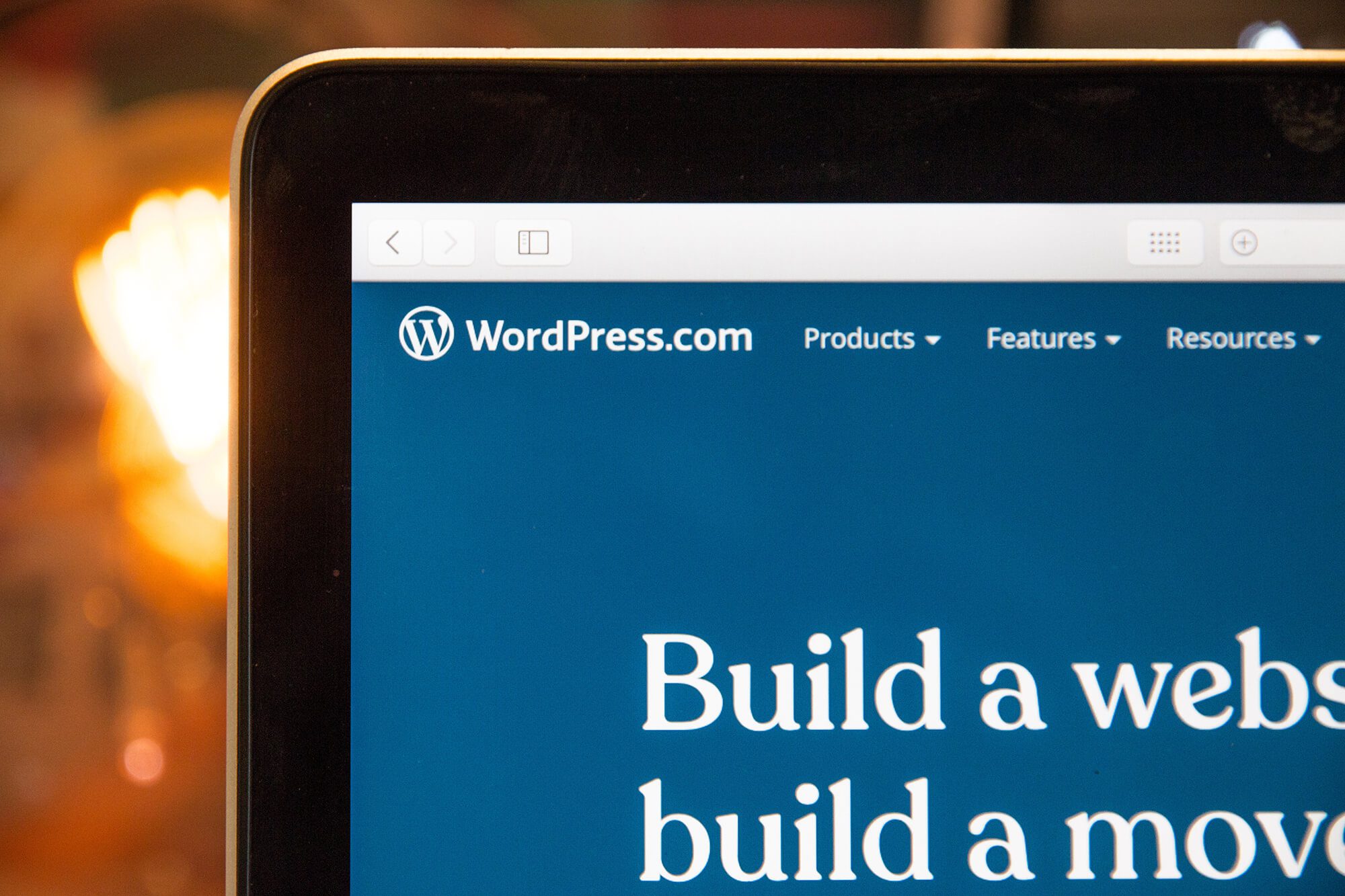Great Expectations

The thing about any relationship, whether friendship, romantic, or business, is that we all come in with our own expectations. And it seems that as humans, we have a hard time communicating those expectations to each other. Maybe it’s because we don’t understand what they are ourselves, or we just expect people to read our minds.
Even in our business, creating websites, we run into this and like any relationship, uncommunicated expectations can create tension. We try to define our expectations in our proposal for every project and talk about them on a kick-off call but there are several things that tend to be misunderstood.
Themes
A theme is like a blueprint for your house. Picking your theme is like picking the location of the walls and windows of your home. They are (mostly) permanent. The “customization” of your theme is adding branding, colors, fonts, etc. Most themes have a lot of options for the layout of those walls and windows, but you need to choose within those options available in the theme. The biggest misunderstanding of expectations when it comes to a theme is the level of customization available and just like building a house, if you want to “upgrade” your options, there will be extra costs incurred.
Rounds of Revisions
Most of our projects have a restriction on the number of edits clients are allowed. And confusion comes into play on not only what a “round” is, but also what counts as an “edit” or “revision.” The idea behind a round of edits is that once we send you something to review, either a single page or multiple on your site, you get a chance to review what we sent. This review needs to be exhaustive. Spend time, marinate, get everyone that is allowed an opinion involved, and make a list. Once that list is complete. That is your round. We will then complete your edits, if possible, and then you will get a chance to look again. Ideally, this last round (if you have 2 total) is a minimal list.
Edits
I mentioned edits or revisions above but wanted to spend more time on what is an edit. Technically, an edit is a change. But, the level of change can be drastically different. And some edits are within the scope and some are not. For a theme, once you pick a theme you are limited to what is in that theme unless specified otherwise in your scope of work. So, an appropriate edit would be to change the color of that button, switch out this image, change this content, replace this section layout with this other section from the theme. There are others but that is a start. Now, for a custom design, there is less restriction in some ways BUT once a design is approved, any changes to that design might incur an extra cost. We try to be as clear and communicative as possible around those. Changes that are almost always out of scope when not in the original proposal are custom forms, adding plug-ins, additional integrations, extra pages, and custom functionality.
Final Content
This kind of plays off of the above with rounds of edits but it is worth segmenting out. Changing out content counts as an edit. Whether it is ALL of your content or just a sentence. We usually ask for FINAL content before we even begin designs or building out your site. We simply cannot build anything without knowing what we are building for or around. Any time we try to begin without final content it actually leads to more rework even though it may feel like we’re gaining time by getting started sooner. It actually adds time later on. We are mostly asking for text although final images are also great. We can use placeholder images, but just remember that changing images needs to be accounted for in a round of edits.
To close, we experience a level of unrealistic expectations. We understand that our clients do not build websites – that’s why you work with us! But like any service provider, we outline what is included in each project. If you add to that, it can add an additional cost. If you have questions about what each line item includes, just ask! We may expect you to know and we could be wrong – and vice versa! More questions can only provide more clarity.

